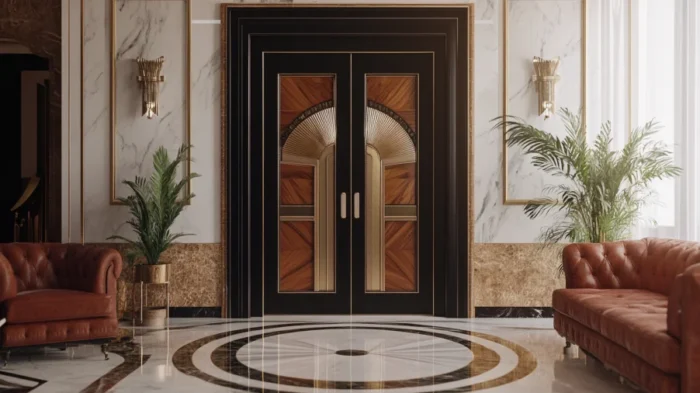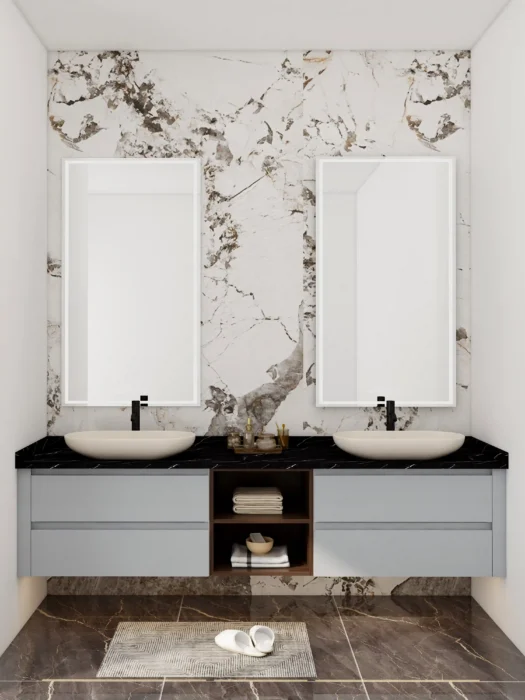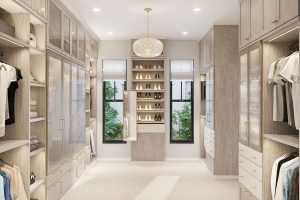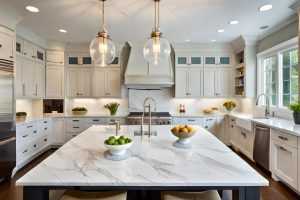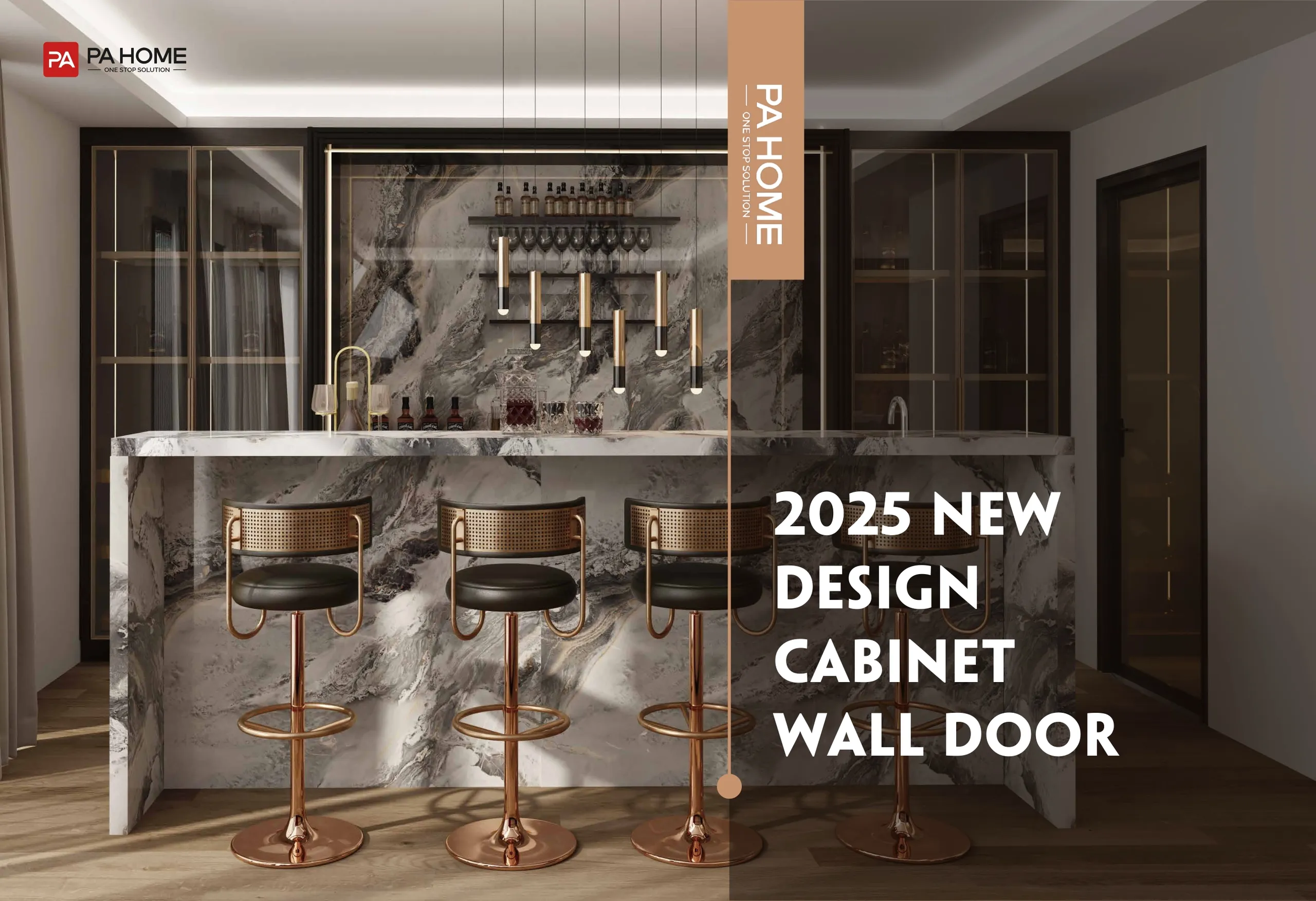When it comes to upgrading your home’s design, few elements combine style and practicality quite like an interior sliding door. Whether you’re short on space or simply love sleek, modern aesthetics, these doors add fluidity and openness to your living space. But how do you know which one suits your home best? Let’s break down everything you need to know—types, materials, installation tips, and even how much they cost—so you can make the right choice.
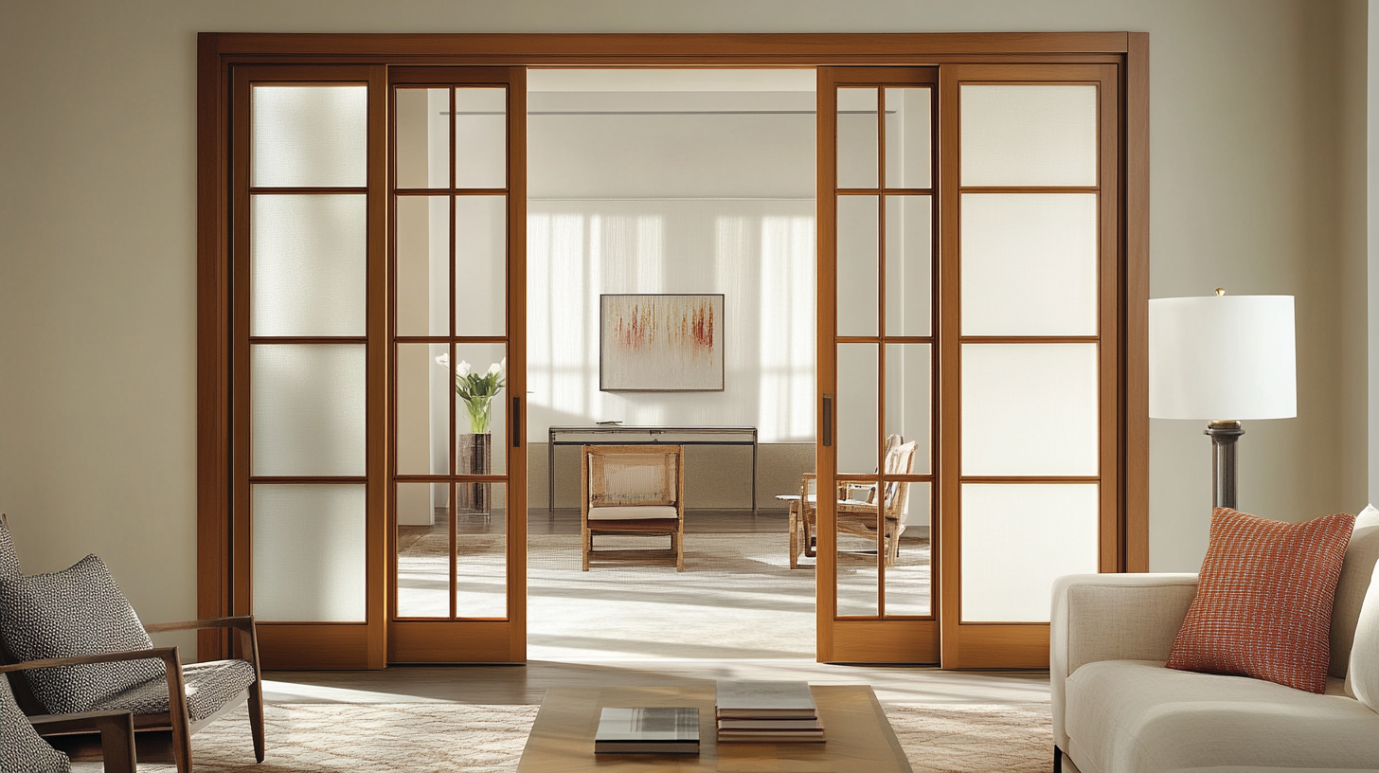
What Makes an Interior Sliding Door So Popular Today?
The rise of open-plan living has made interior sliding doors a go-to design choice. They create a seamless transition between rooms and give smaller areas a sense of depth. Instead of a hinged door that swings out and consumes space, a sliding system glides along the wall or into it—ideal for apartments, studios, and minimalist homes.
According to a 2024 interior trends report by Houzz, over 45% of homeowners remodeling small homes opt for sliding systems to maximize space. Beyond saving square footage, these doors add flexibility. You can open up a room for entertaining or close it for privacy—all in one move.
How Does an Interior Sliding Door Work?
Sliding doors operate on a track-and-roller system. The door panel moves horizontally along an upper or lower rail, allowing smooth motion without needing clearance for swinging. There are two main mechanisms:
Top-hung sliding doors – suspended from an overhead track, leaving the floor unobstructed. Great for modern aesthetics.
Bottom-rolling sliding doors – supported by a floor track, more stable for heavy or large glass panels.
Some designs hide the track within the wall for a clean look, while others keep it visible for an industrial feel. The hardware quality—rollers, bearings, and track alignment—determines how quietly and smoothly your door moves. Poorly installed or low-grade parts often lead to noisy operation and misalignment, which is why professional installation is highly recommended.
Which Type of Interior Sliding Door Fits Your Space Best?
Sliding doors aren’t one-size-fits-all. Each style fits a specific function or atmosphere. Here are some of the most common types and where they shine:
- Pocket Sliding Door: Slides into a hidden wall cavity. Perfect for tight corridors, bathrooms, or closets.
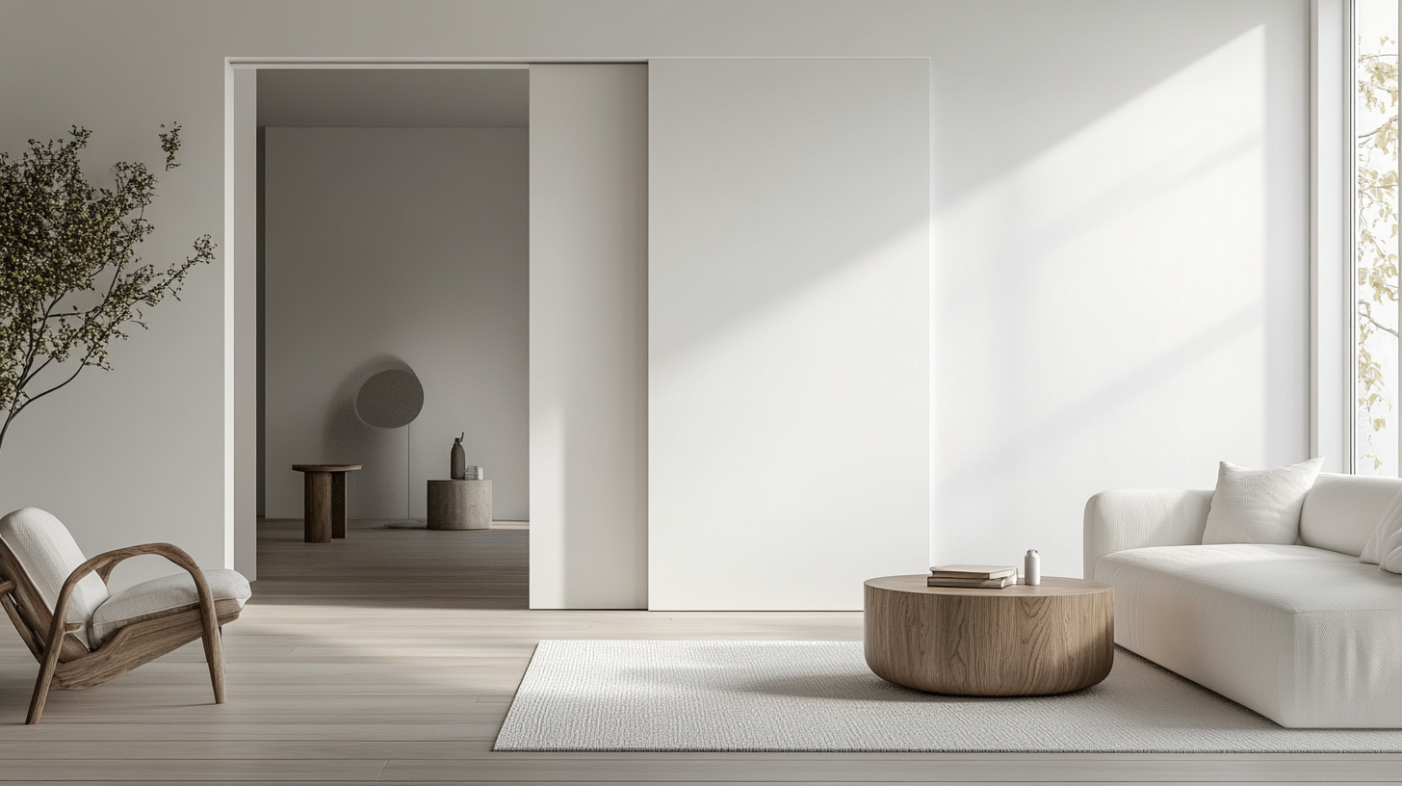
- Barn Sliding Door: Slides on an exposed metal rail—adds rustic charm and suits farmhouse or industrial interiors.
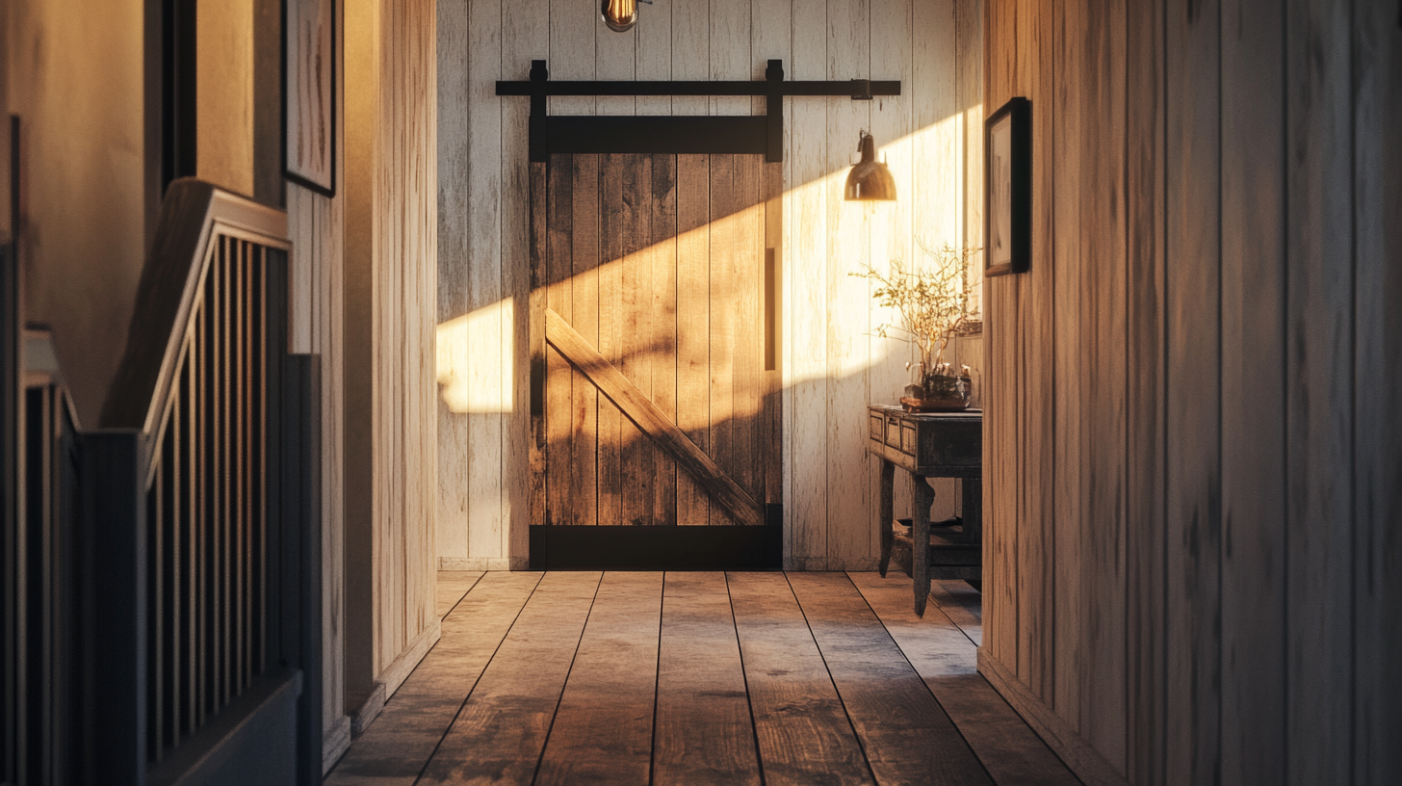
- Glass Sliding Door: Introduces natural light and a modern feel; great for dividing living and dining areas.
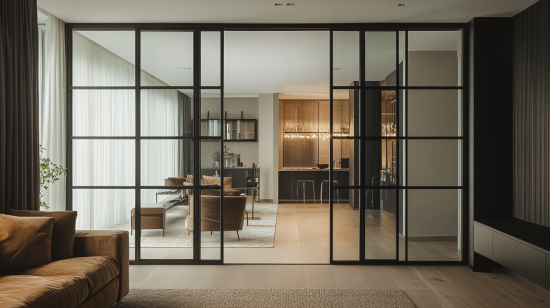
- Double Sliding Door: Opens from the center—ideal for large openings or creating statement entrances.
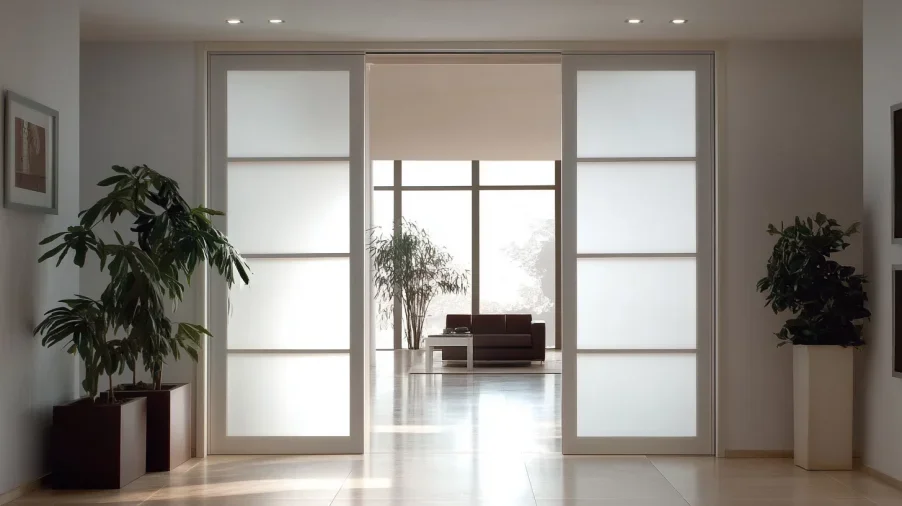
- Folding Sliding Door: Panels fold together, great for flexible open-plan layouts.
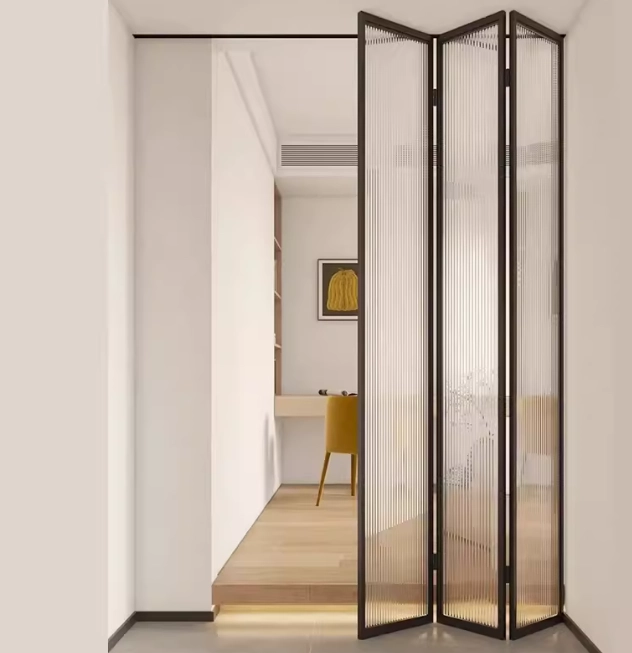
When choosing, think about both form and function. For instance, a glass sliding door enhances brightness in dark rooms, while a wooden barn door adds warmth and personality.
What Materials and Finishes Are Most Durable and Stylish?
Material plays a key role in both aesthetics and longevity. Here’s what you need to know:
Wood: Classic and timeless. Offers warmth, solid feel, and great sound insulation. Popular in living rooms and bedrooms.
Glass: Creates a bright, open effect. Frosted or tinted options balance light with privacy.
Aluminum Frame: Modern and sleek, ideal for contemporary interiors. Often paired with glass panels.
PVC or Composite: Budget-friendly and moisture-resistant—excellent for bathrooms or laundry areas.
Finish options like matte lacquer, veneer, or powder coating influence not only the look but also the maintenance level. A matte or textured surface hides fingerprints better, while high-gloss finishes reflect light and look elegant but need more cleaning.
How Can You Maximize Space with Sliding Door Design?
One of the biggest reasons people love sliding doors is their space-saving ability. In compact homes or apartments, every inch matters. A hinged door needs about 9–12 square feet to swing open; a sliding door needs none.
Try these ideas:
- Use a sliding door between a kitchen and dining room to separate cooking smells without blocking light.
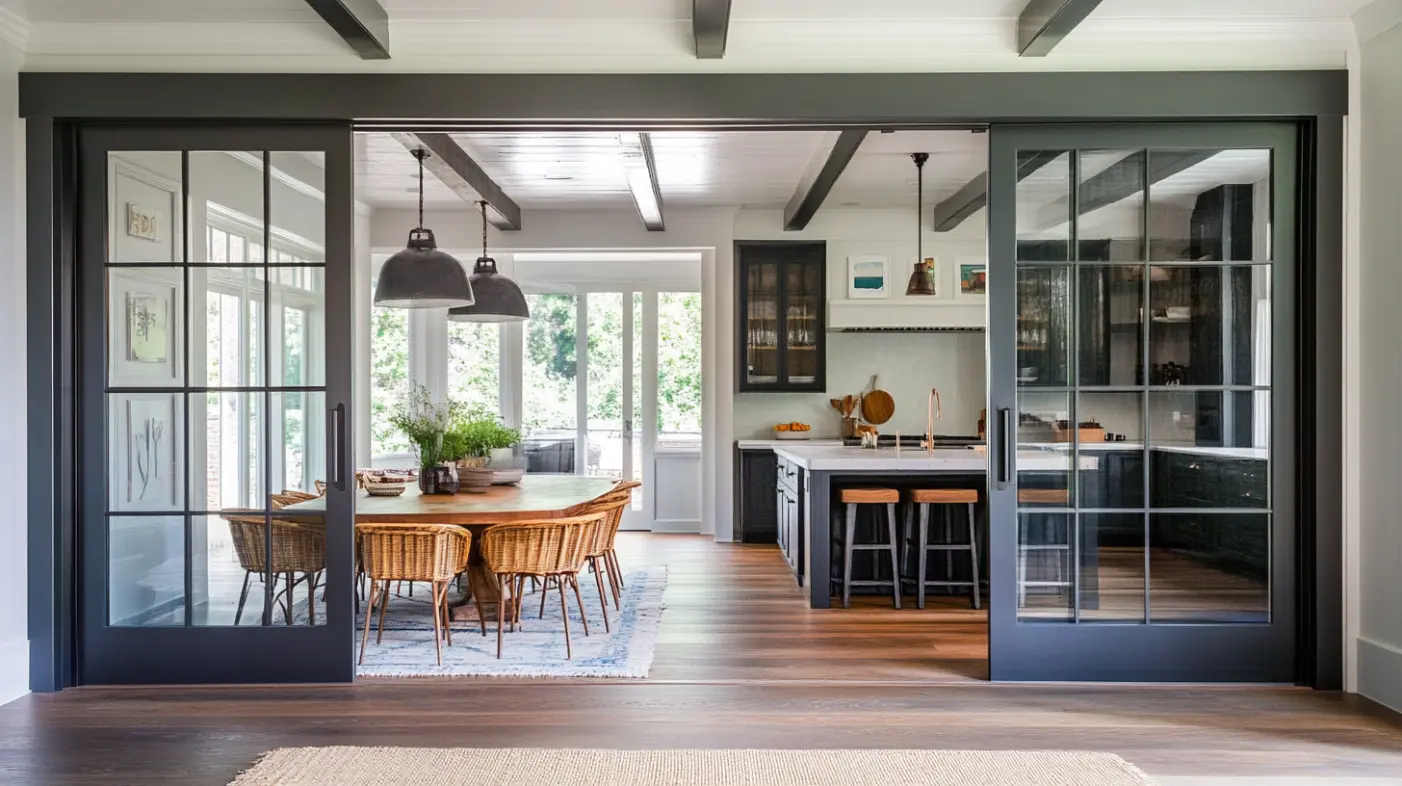
- Install frosted glass sliders in small bathrooms to create an illusion of space.
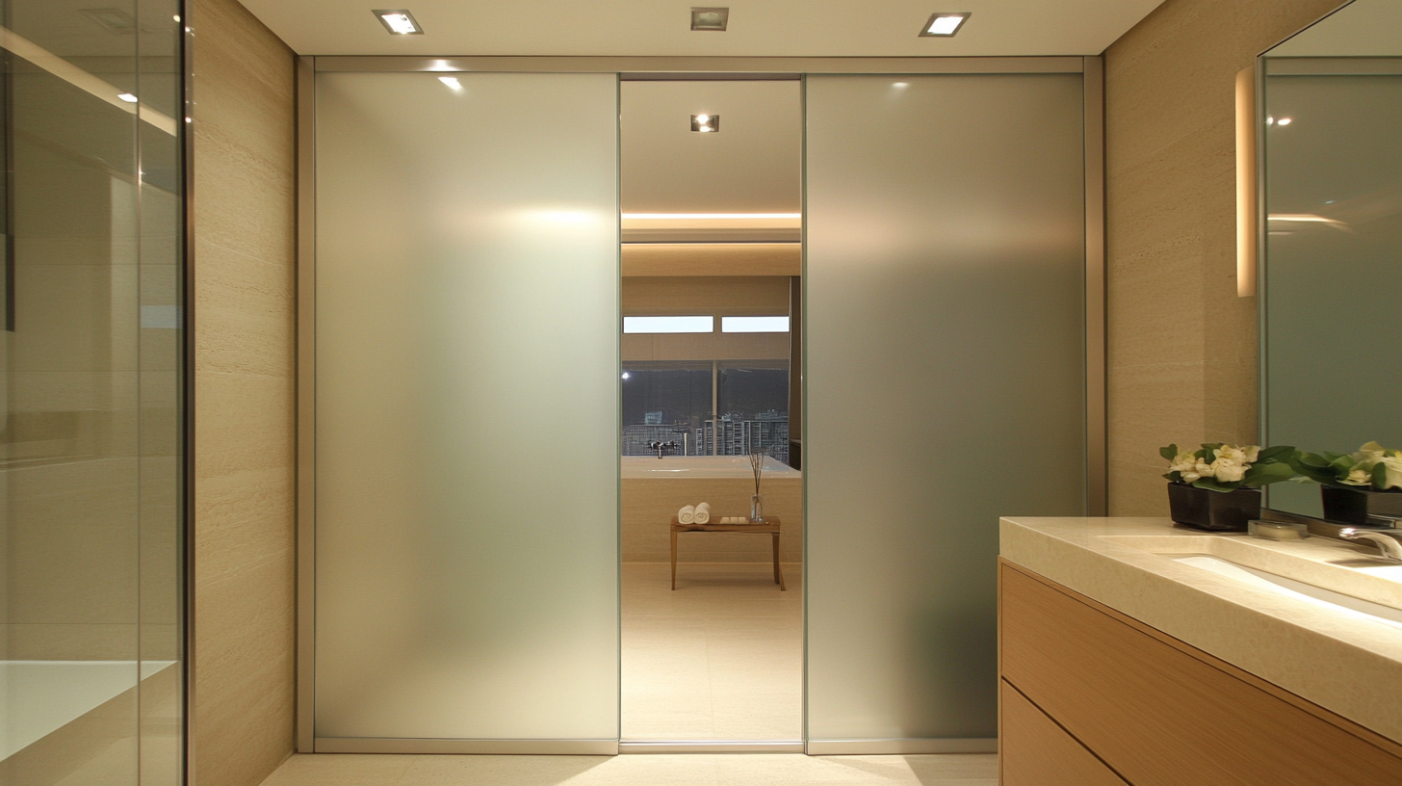
- Add a sliding wardrobe door with mirrors in bedrooms to visually enlarge the area and enhance brightness.
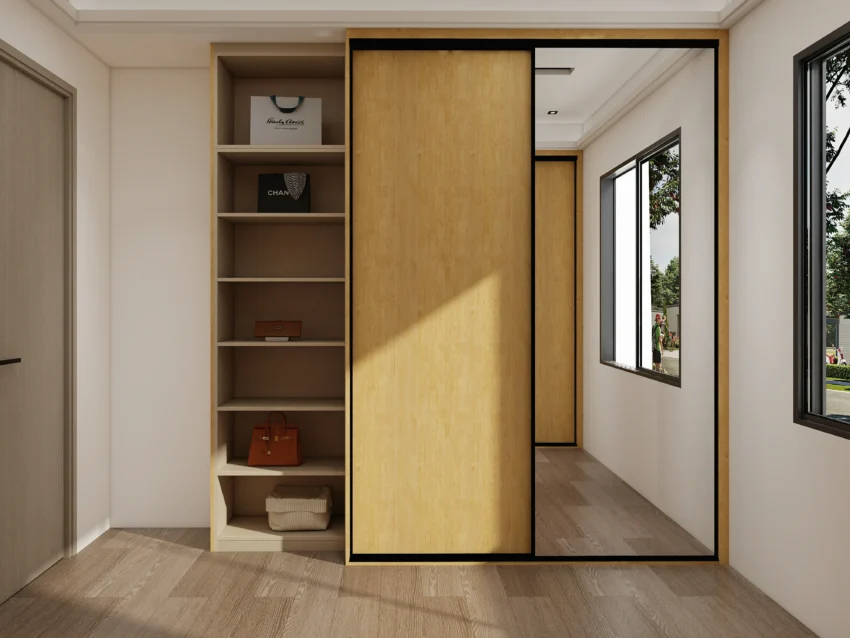
Architects often use sliding systems to “zone” spaces—separating work and relaxation areas while maintaining visual continuity. It’s like drawing invisible boundaries that still let light and air flow freely.
Are Sliding Doors Soundproof, Safe, and Energy Efficient?
Many homeowners wonder whether interior sliding doors can offer good insulation or noise reduction. The answer is yes—but it depends on design and materials.
For better soundproofing, choose thicker panels (35–45 mm) with soft-seal edges or rubber gaskets. A study by ArchDaily found that dense wooden doors can reduce noise by up to 30 decibels compared to thin glass ones.
Safety is another key factor. Opt for tempered or laminated glass if you choose glass panels—they resist impact and, if broken, shatter into harmless pieces. Soft-closing systems prevent slamming, protecting both the door and your fingers.
When it comes to energy efficiency, sealed tracks and insulated panels help maintain consistent indoor temperatures, especially between air-conditioned and non-cooled areas.
What Are the Latest Interior Sliding Door Trends in 2025?
This year’s trends lean toward minimalism, seamless transitions, and smarter living. Designers are experimenting with frameless sliding doors that blend into the wall, almost invisible when closed. Hidden tracks and concealed handles make them look ultra-sleek.
Smart automation is another trend to watch. Motorized sliding doors with motion sensors or remote control are appearing in luxury residences. They’re not just high-tech—they enhance accessibility for all ages.
Visually, matte black aluminum frames and ripple-textured glass are making waves. Many homeowners are also combining materials—wood with glass inserts—to balance warmth and transparency.
How to Choose the Right Sliding Door Hardware and Track System?
Even the most stylish door can perform poorly with weak hardware. That’s why choosing the right sliding door track system and hardware matters.
Look for:
Ball-bearing rollers: Ensure smooth, quiet movement.
Soft-close mechanisms: Prevent sudden slamming.
Aluminum or stainless tracks: Rust-resistant and durable.
High-quality handles: Comfortable grip, often overlooked but crucial for daily use.
If your door is heavy (like solid wood or thick glass), make sure the system’s load capacity matches the door’s weight. Avoid low-cost kits that wear out quickly—they can cause misalignment or track damage over time.
How Much Does an Interior Sliding Door Cost?
Cost depends on several factors: materials, size, design, and installation complexity. Here’s a rough idea (based on U.S. averages in 2025):
| Type | Average Cost (USD) |
|---|---|
| PVC / Composite Sliding Door | $200 – $400 |
| Wooden Interior Sliding Door | $400 – $800 |
| Glass or Aluminum Sliding Door | $600 – $1,200 |
| Pocket Sliding Door System | $700 – $1,500 |
| Custom or Automated System | $1,500 – $3,000+ |
Professional installation typically adds $200–$500. While DIY is possible, precision is key—especially for pocket systems that require wall modifications. A poorly aligned track can shorten the door’s lifespan significantly.
How Do You Install and Maintain a Sliding Door Properly?
Installation:
Start with a level wall and ceiling.
Use a stud finder to secure track anchors properly.
Check the alignment before attaching the door panel.
Add end stops and soft-close dampers for smoother operation.
Maintenance:
Keep the tracks clean—dust or hair can block rollers. Wipe glass with non-abrasive cleaners, lubricate metal tracks twice a year, and tighten screws if the panel starts wobbling. With basic care, a good-quality interior sliding door can last over 20 years.
Should You Customize Your Sliding Door Design?
Customization allows you to tailor your door’s size, finish, and function to your home’s layout. For instance:
Combine wood and frosted glass for a soft modern look.
Add integrated LED lighting for wardrobes or walk-in closets.
Use acoustic core panels for home offices or media rooms.
Custom designs cost more but deliver better visual harmony and functionality. Think of it as commissioning a piece of functional furniture rather than just buying a door.
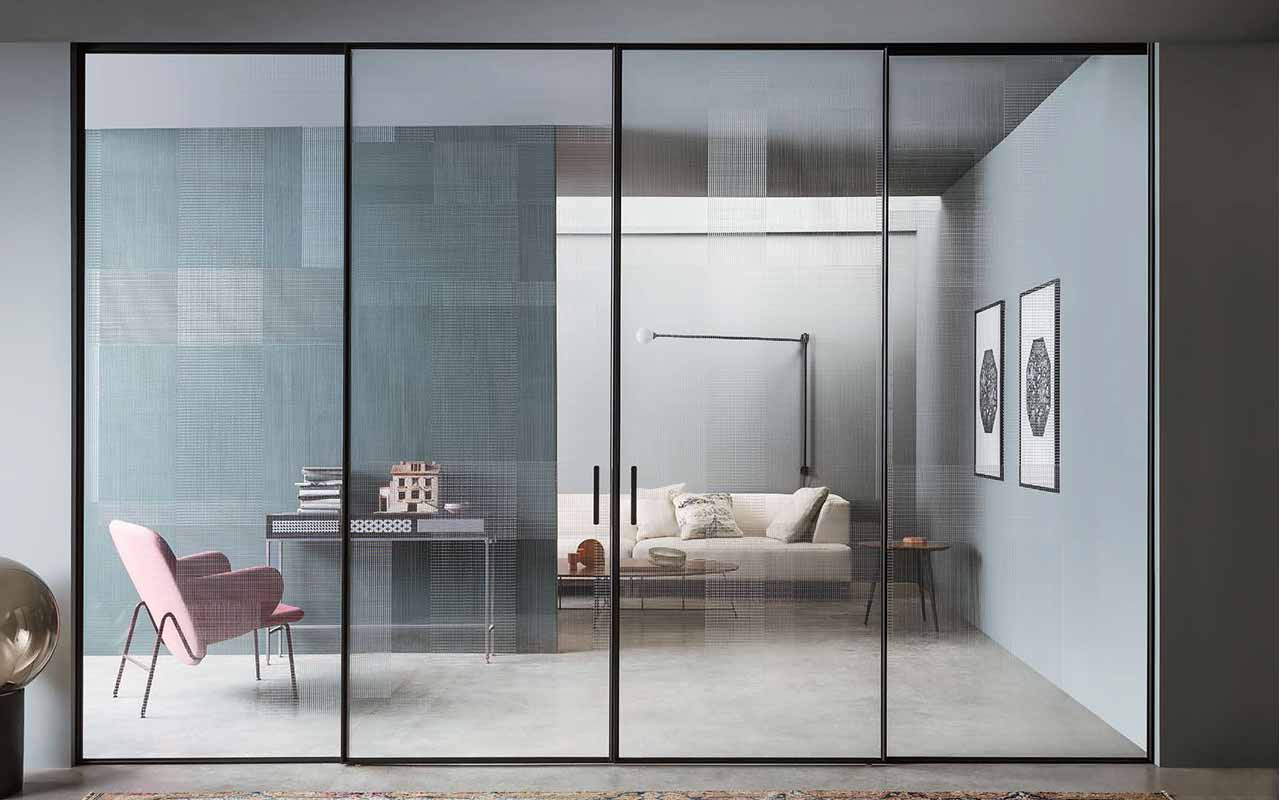
Where Can You Buy Reliable Interior Sliding Doors?
Sliding doors are widely available through furniture stores, interior design boutiques, and door manufacturers. When shopping, check for:
Product warranty and after-sales support.
Quality certifications such as ISO 9001 or ANSI/BHMA standards.
Availability of replacement hardware and panels.
Verified customer reviews and installation services.
Online platforms like PA Home, Home Depot, and Houzz Marketplace offer extensive catalogs, but always confirm dimensions and compatibility before ordering.
Final Thoughts
Choosing the right interior sliding door is more than a design decision—it’s a lifestyle upgrade. From optimizing space to enhancing aesthetics, these doors redefine how we experience movement inside our homes. By understanding the types, materials, and mechanisms available, you can find the perfect balance between style, comfort, and function.
And remember, investing in quality hardware and proper installation ensures not only beauty but long-lasting performance for years to come.
FAQs
Yes! Interior sliding doors are ideal for small rooms or apartments. Since they slide along the wall instead of swinging open, they save up to 10 square feet of space. Pocket sliding doors or glass panels also make interiors feel larger and brighter without compromising privacy.
Sliding doors can be fairly soundproof if you choose solid wood or thick composite panels with soft-seal edges. Glass doors with acoustic laminate can reduce noise too. For better privacy, add seals along the edges or use frosted glass, especially for bedrooms or bathrooms.
The total cost varies depending on material and design. A simple PVC sliding door may cost $300–$500, while a wooden or glass model averages $800–$1,200 installed. Custom pocket systems or automated sliding doors can exceed $2,000. Always include professional installation for best alignment and durability.

